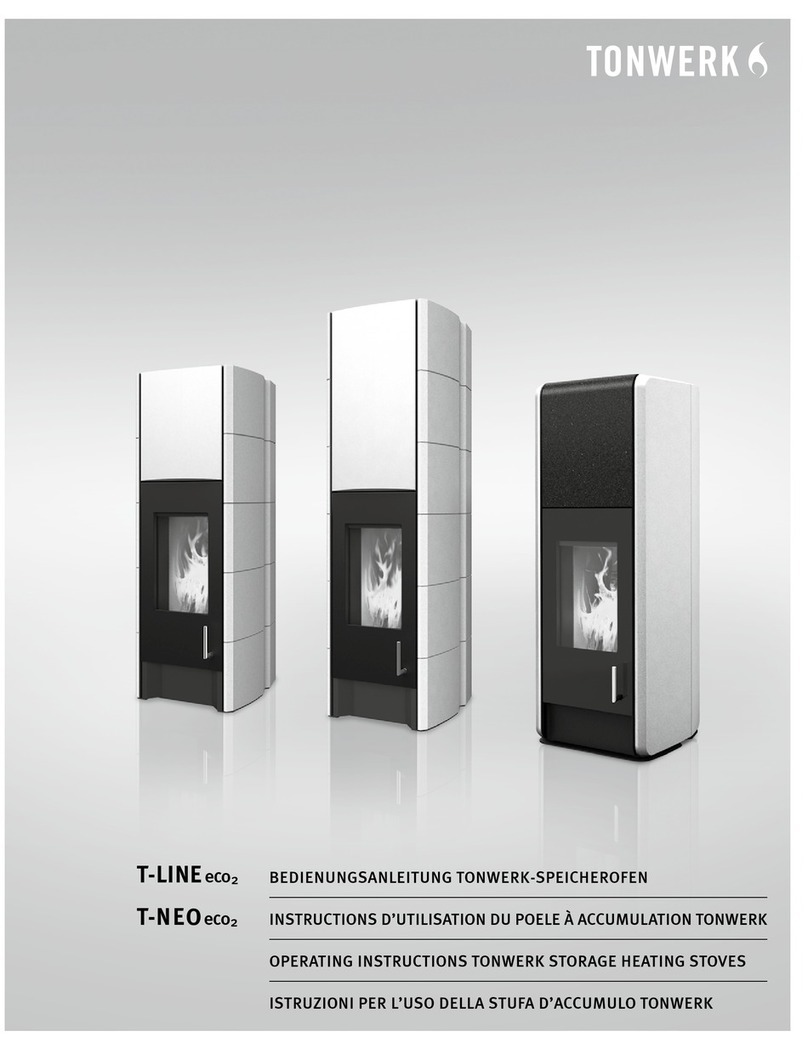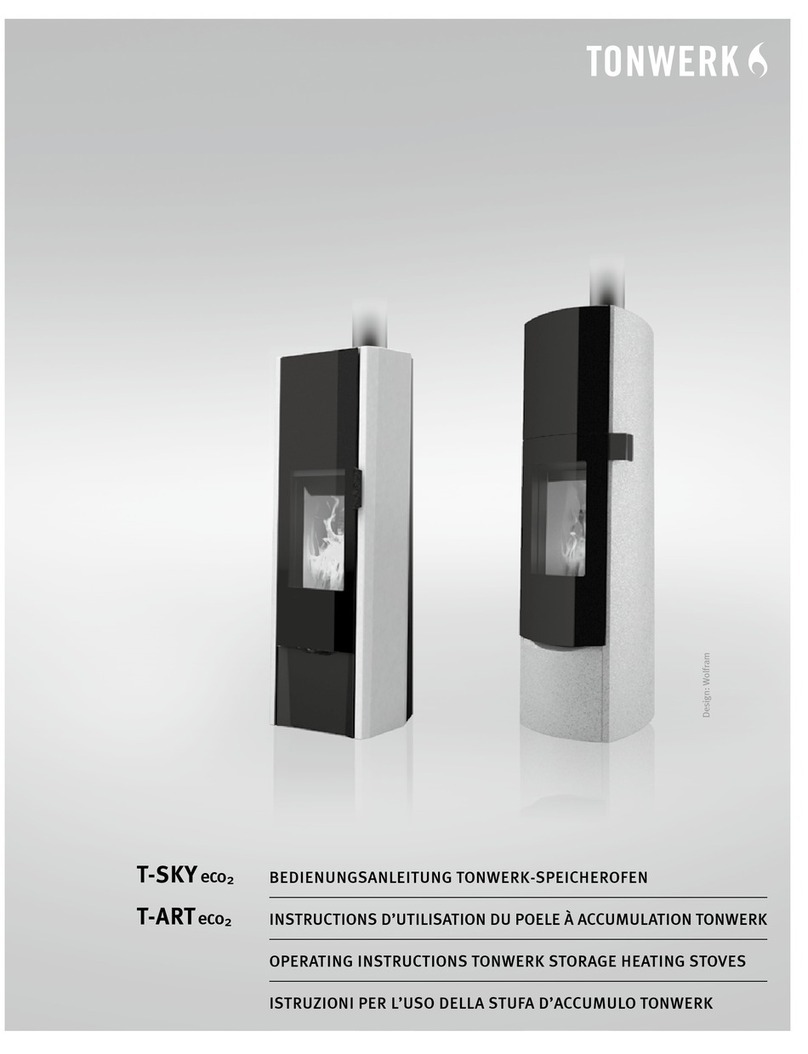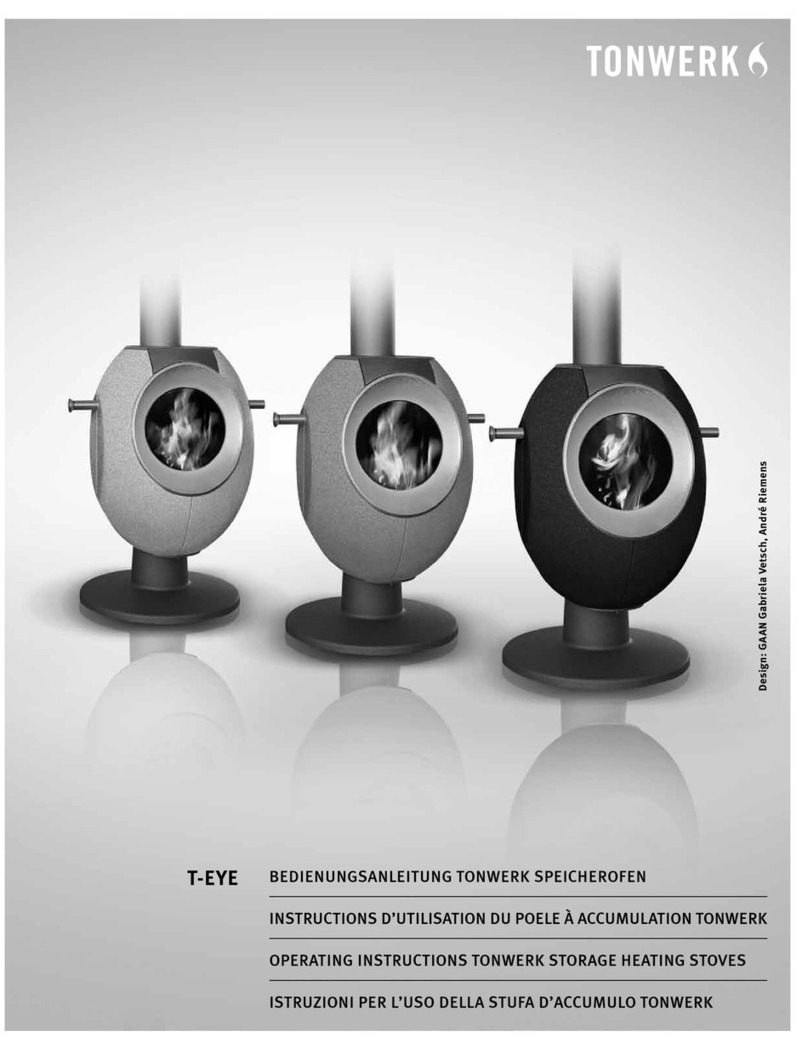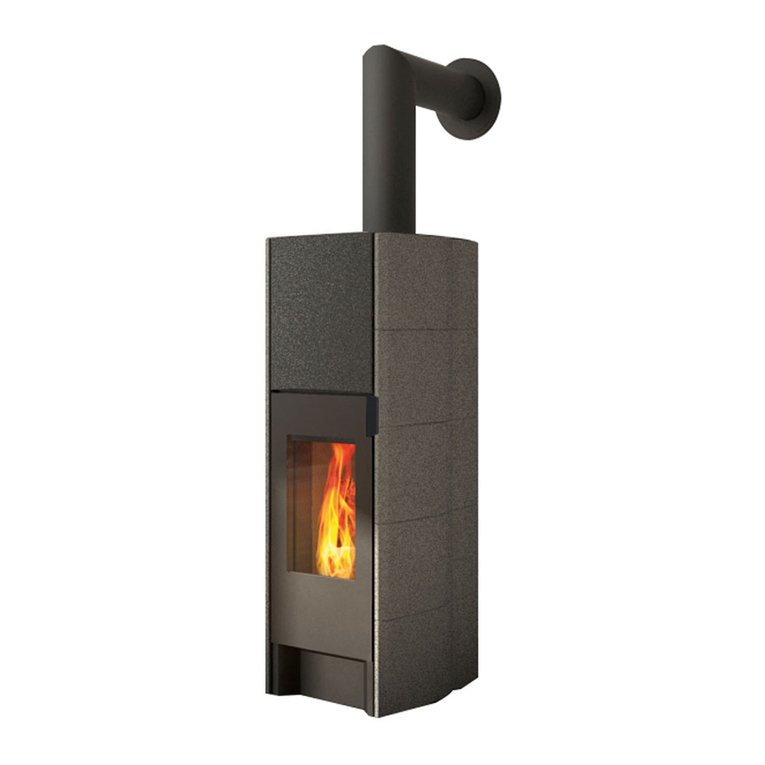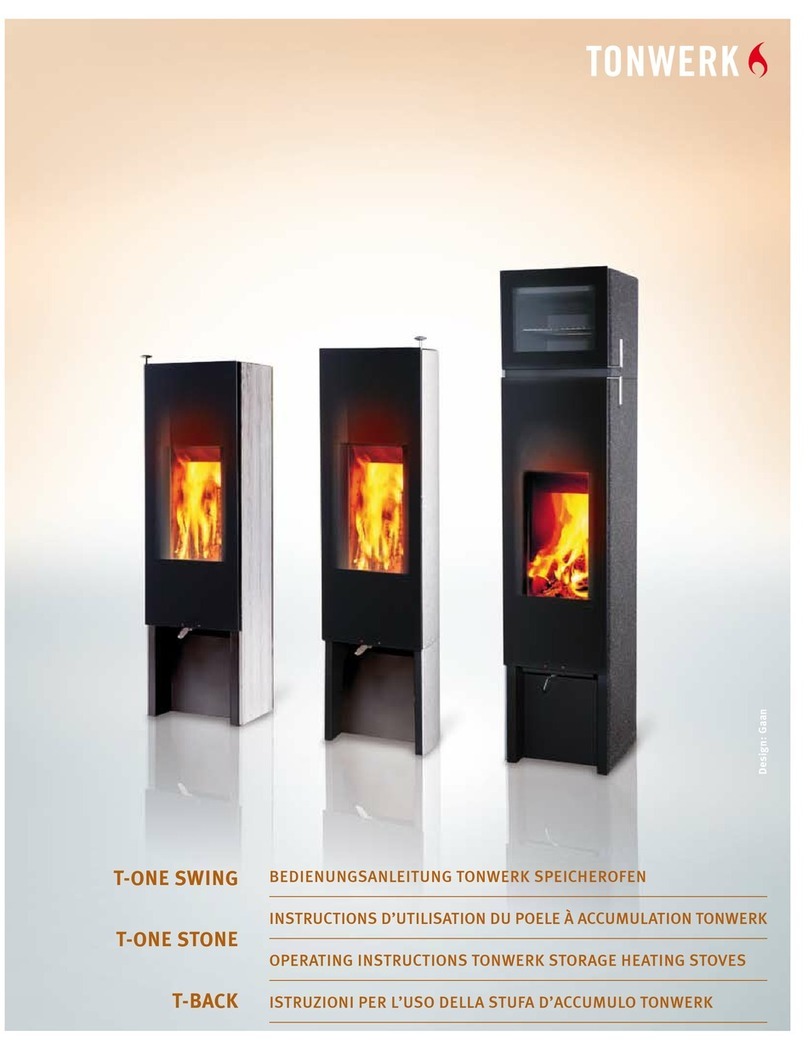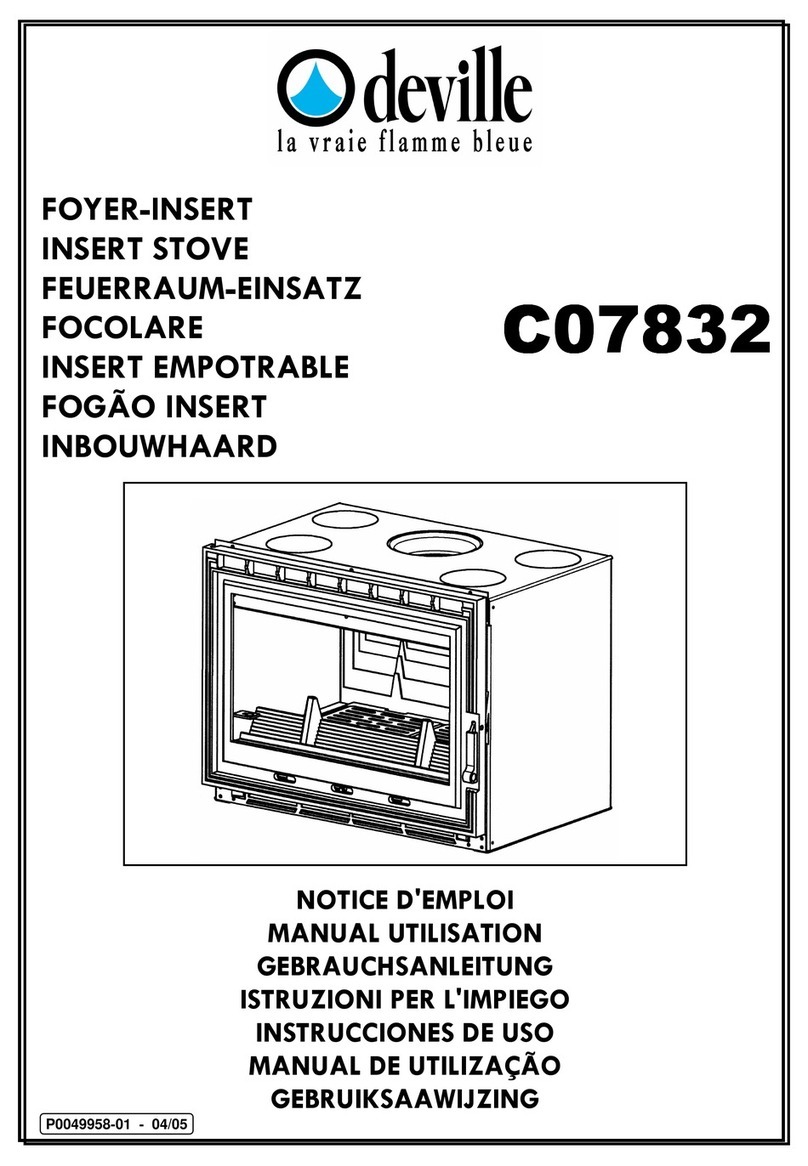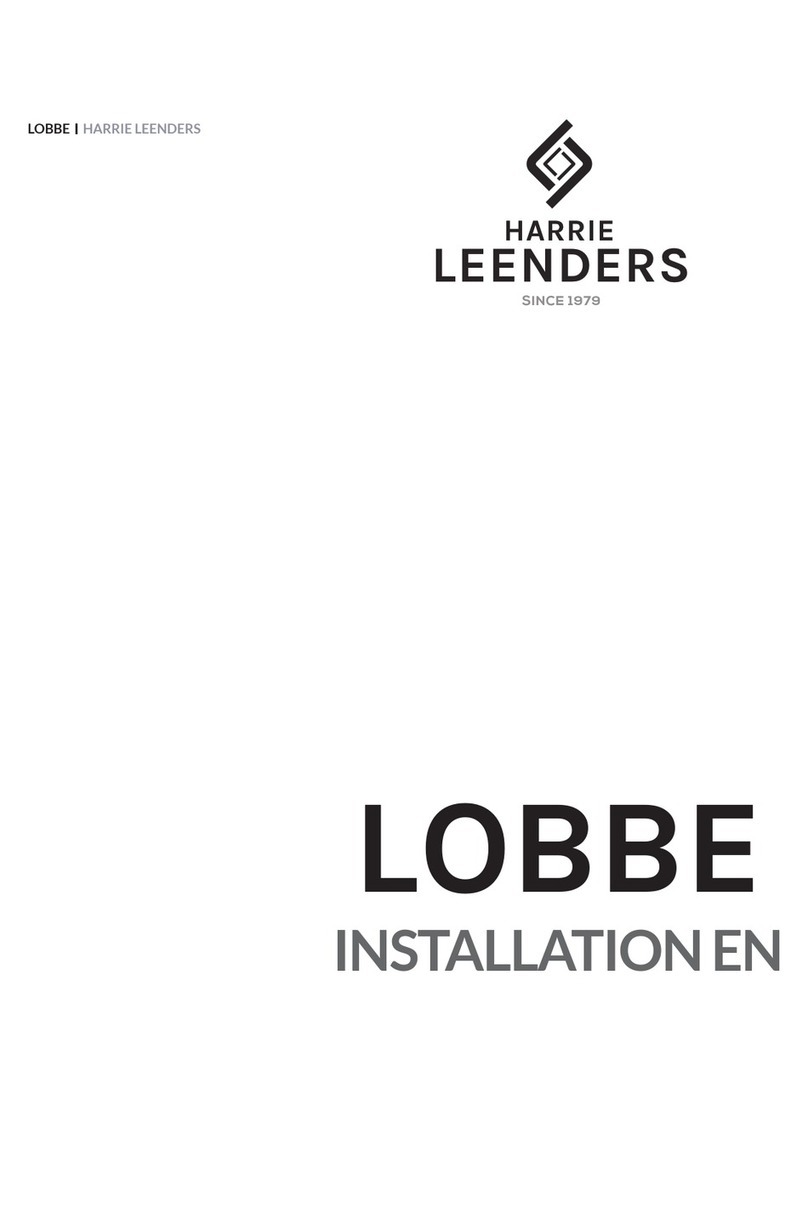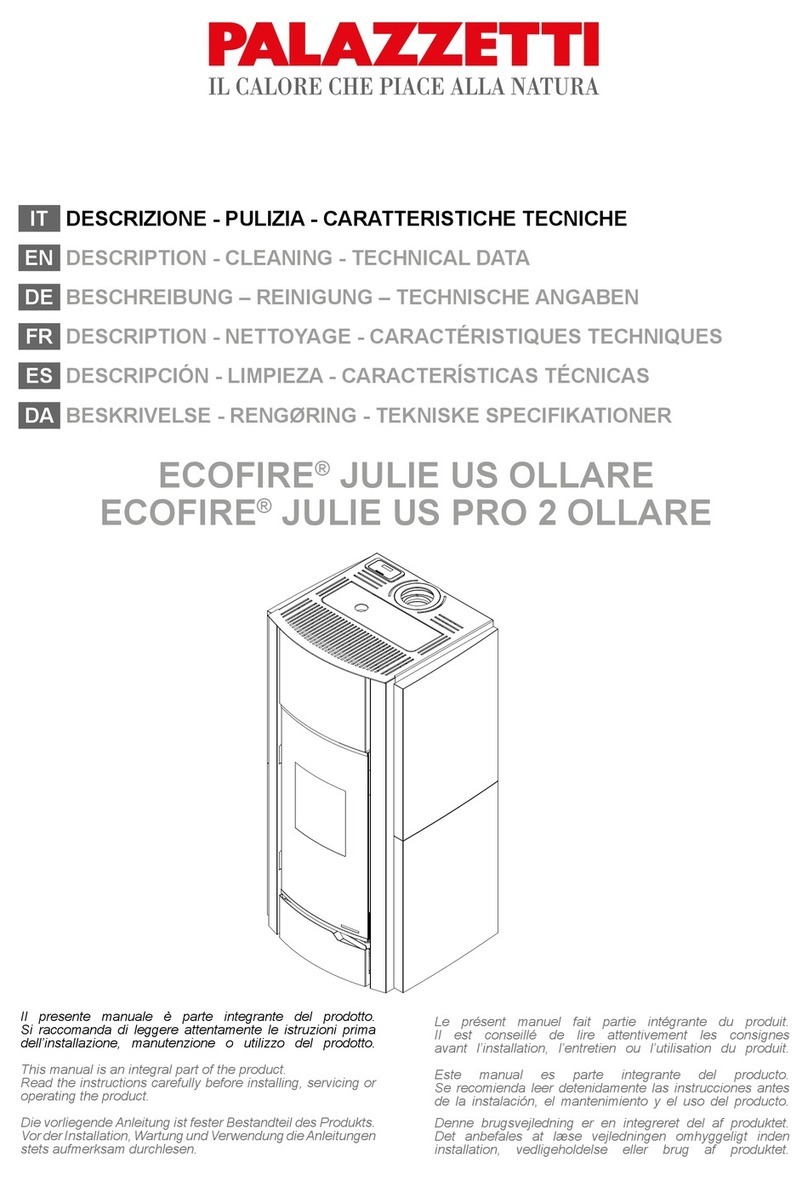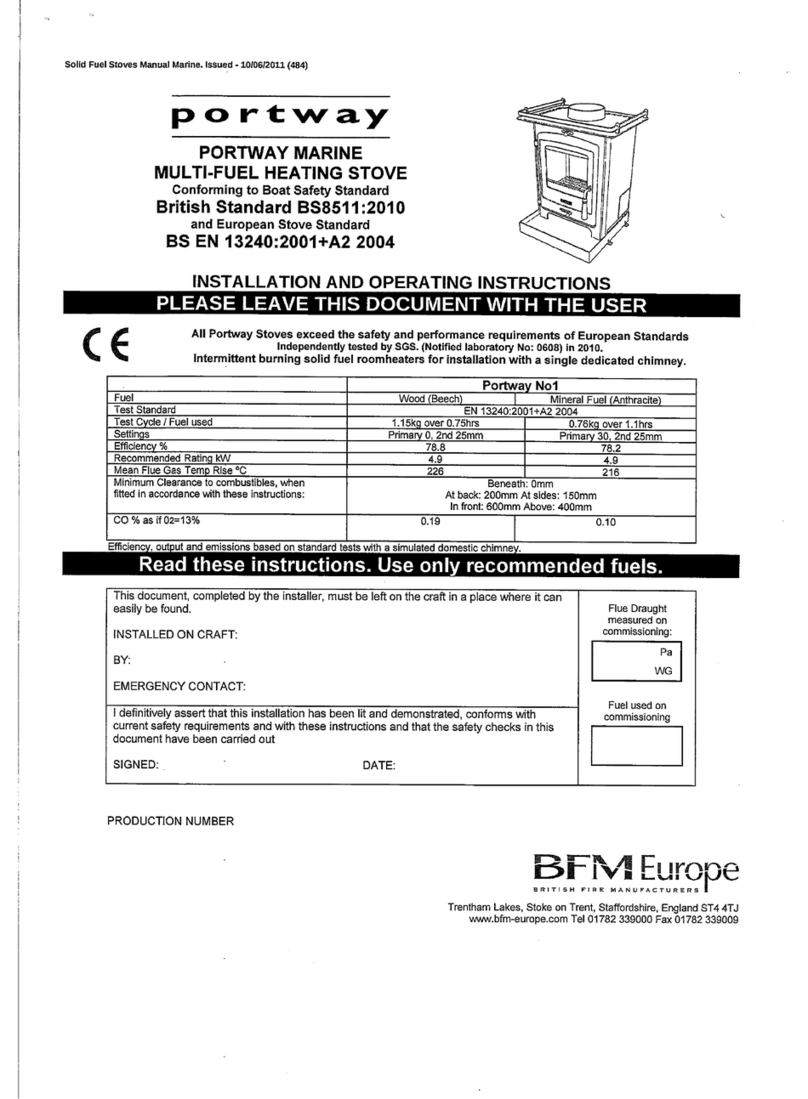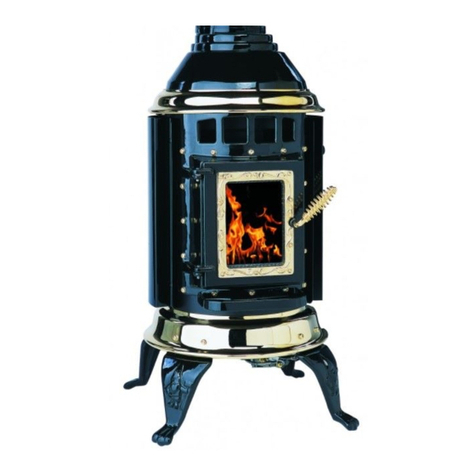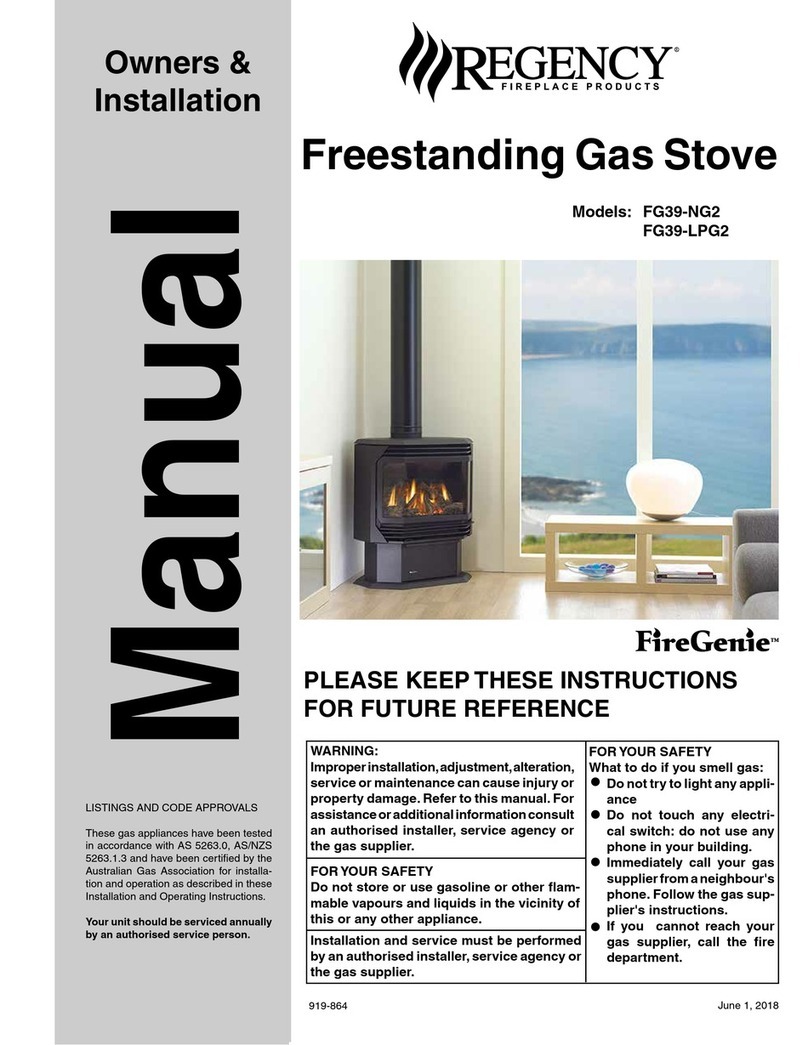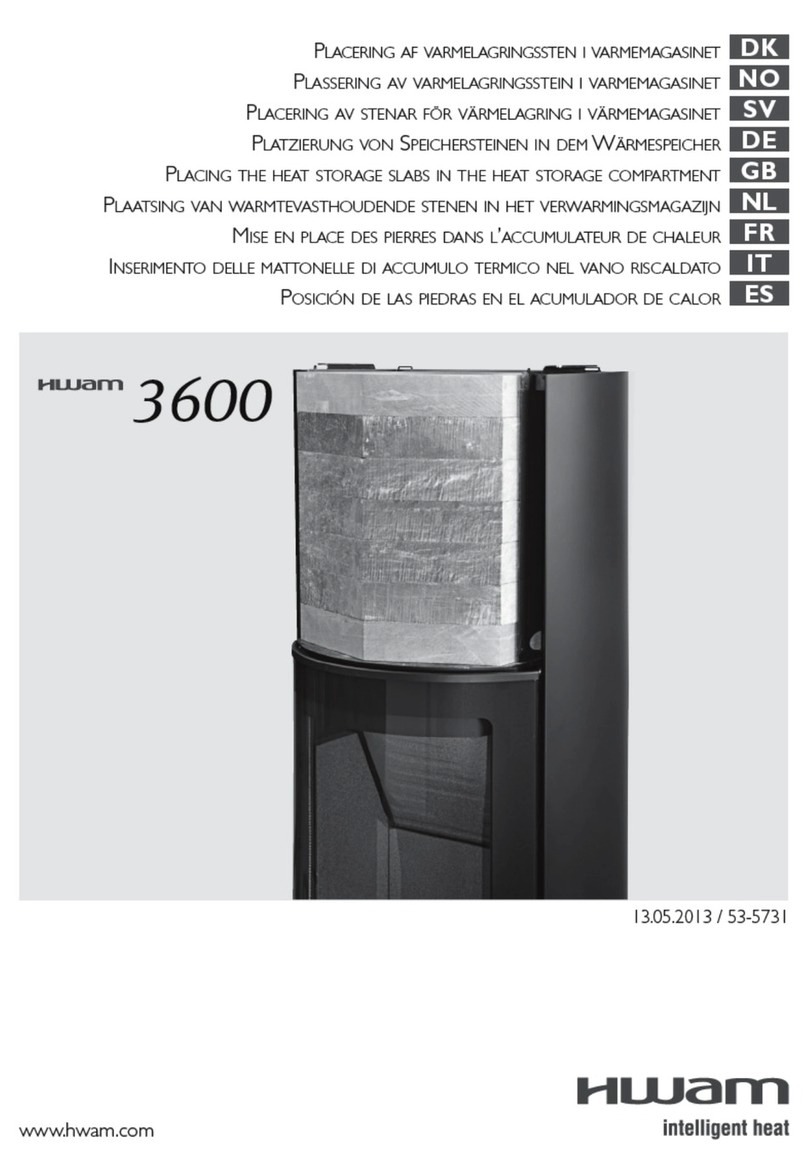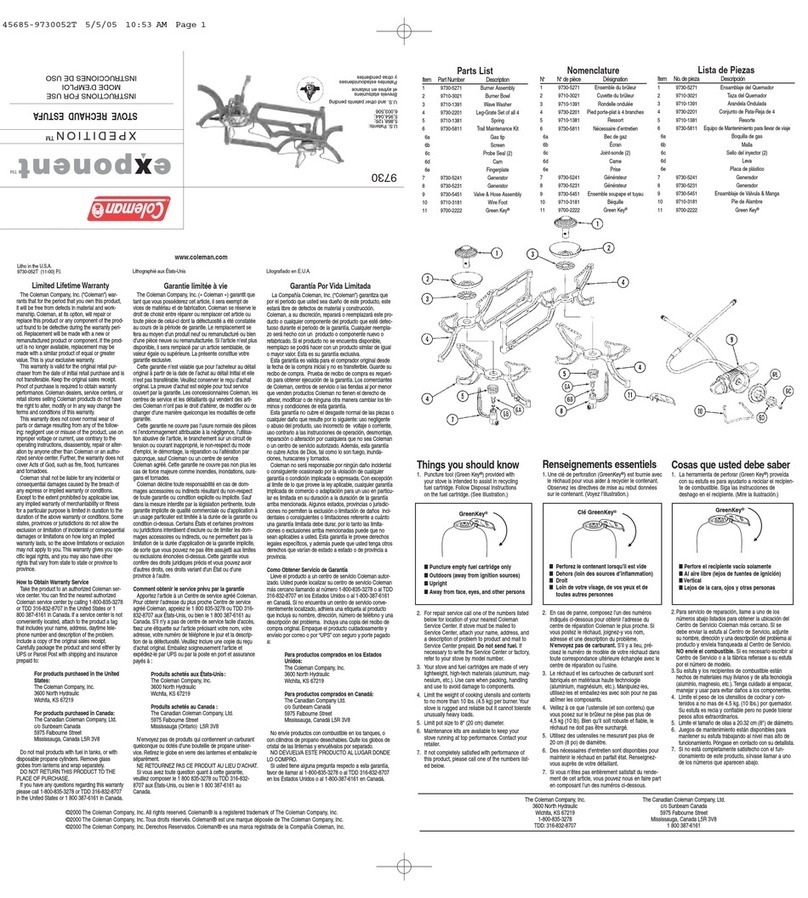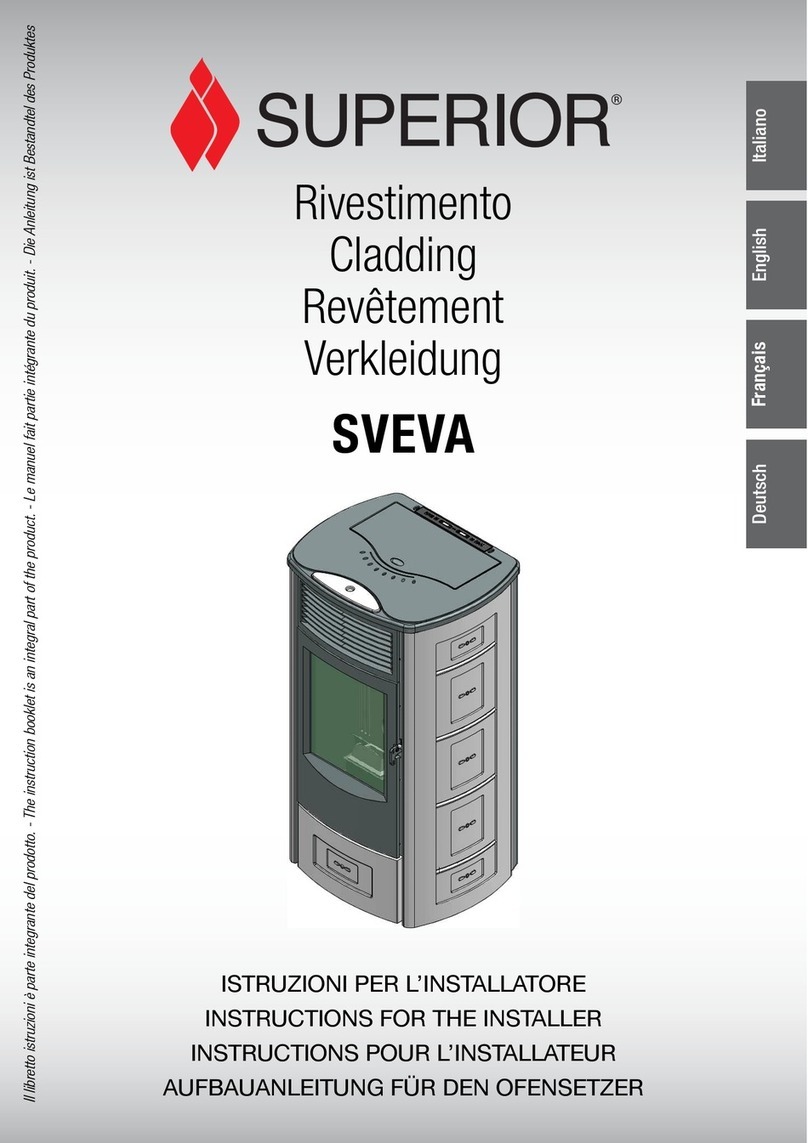2.3 BUYING FIREWOOD
Where can I get my rewood?
BUYING READY-TO-BURN FIRE-
WOOD
Regenerated ready-to-burn rewood
can be purchased from dealers:
• stove-ready, stored for at least two
years
• predried, stored for one year
• fresh from the forest
Every dealer has a wood moisture me-
ter that they use to test the wood they
buy. The ideal residual moisture is 12–
15% and should be no higher!
TREATING FIREWOOD YOURSELF
Unseasoned wood can be purchased
from the forestry ofce, owners of
woodland, or the community:
• trunks lying in the forest
• seasoned trunks by the wayside
Whether you have cut your own wood
or bought it, the important thing is:
the wood should be dried for at least
two years before it is burned!
2.4 DRYING AND STORING
WOOD
DRYING
The water content of rewood has a
great effect on its burning properties.
Your wood should be as dry as possi-
ble. Only then can it give off much heat
and burn without polluting the envi-
ronment. Freshly cut wood can contain
between 45 and 60% moisture de-
pending on the season and type. After
the optimal drying this water content
drops to below 15%. Depending on
the wood type this can take about two
years, and even longer for some kinds.
STORAGE
If
rewood is to dry thoroughly, it must be
cut into small pieces.
Check this yourself: the circumference
should be max 20–25 cm. Store the
wood out of doors, protect it from rain
and snow, and make sure it is well ven-
tilated.
2.5 WOOD TYPES AND
CALORIFIC VALUE
The caloric value describes the heat
energy released when one kilogram
of fuel is burned under specic condi-
tions.
The caloric value is based on the vol-
ume specied in stacked or solid cubic
metres.
The various wood types have various
caloric values:
Damp wood damages
your stove and reduces
the calorific value!
!
What you must not
burn: refuse, wet wood,
briquettes!
!
A TONWERK STORAGE HEATING
STOVE CAN BE FIRED WITH ALL OF
THE ABOVE WOOD TYPES.
The values are based on 15% residual wood moisture!
The many oils and
resins in larchwood also
provide for an acoustic
fireworks!
i
2.7 WHAT HAPPENS WHEN WOOD BURNS
Burning or combustion is a rapid oxidation of substances forming ames. When wood
burns, the oxygen in the air combines with the carbon and hydrogen in the wood. In
the process, energy is released in the form of heat and light. In the ideal case the
products of complete combustion are only carbon dioxide, ashes (formed primarily of
the wood’s mineral constituents), and water.
The combustion process on rewood can be divided roughly into three phases.
Heating and drying – In this rst phase the water and other volatile substances
stored in the rewood evaporate.
Pyrolysis – In this second phase the rewood decomposes at temperatures from
about 150 °C.
Actual combustion – In this third phase the gases formed in the rst two phases re-
act with additional oxygen from the atmosphere to form carbon dioxide and water.
Also any remaining charcoal burns completely with time in the combustion zone.
Only ashes remain as the single residue of combustion. Each phase of combustion
can be observed very easily on an open re.
Burning wood is a
proactive contribution
to climate protection!
i
A fire needs three
things: fuel, oxygen,
and heat.
i
3. APPROVALS AND CERTIFICATIONS
3.1 APPROVAL
Your Tonwerk storage heating stove
has been tested under the following
standards:
EN 13240/15a B-VG
3.2 MODEL 1 –
SELF-CLOSING FIRING
CHAMBER DOOR
The Tonwerk storage heating stove is t-
ted as standard with a self-closing ring
chamber door. This is an important oper-
ating and safety element. The door closes
automatically as soon as it is released.
Consequently the Tonwerk storage heat-
ing stove is suitable for connection to
ues with multiple installations (several
Model 1 stoves connected to the same
ue).
3.3 SEAL OF QUALITY
On the basis of these tests the Ton-
werk storage heating stove has been
awarded the following approvals:
Schweizerische Brandschutzzulassung
der Vereinigung Kantonaler Feuerver-
sicherungen (Swiss Fire Protection
Approval issued by the Association of
Cantonal Fire Insurance Underwriters)
VKF no. Z 11753
Qualitätssiegel für Holz-Feuerstätten
der Vereinigung für Holzenergie Schweiz
(Seal of Quality for Wood Fireplaces is-
sued by the Association of Swiss Wood
Energy Users) VHe-Nr. 0104/2
3.4 CE CONFORMITY
The manufacturer, Tonwerk Lausen
AG, conrms that the Tonwerk storage
heating stove conforms to the stan-
dards under EN 13240 and that the
quality requirements are constantly
monitored.
Rhein-Ruhr-Feuerstättenprüfstelle GmbH;
RRF-400097
3.5 RATINGS PLATE
The ratings plate can be found at the
bottom of the housing’s face.
Loose cubic metre (lcm): The loose
cubic metre is a measure for chopped
rewood that is loosely packaged for
trade and transport. One loose cubic
metre is 0.7 steres or about 0.5 solid
cubic metres.
NOTE THE SPECIFIED UNIT OF
MEASUREMENT WHEN ORDERING!
Solid cubic metre (scm): As its name
suggests, the solid cubic meter corre-
sponds to one cubic metre of solid as
opposed to stacked wood.
Stacked cubic metre (stcm) or stere
(st): A stacked cubic metre or stere
corresponds to one cubic metre of
stacked wood including the gaps be-
tween layers. One stere equals 0.7
solid cubic metres.
2.6 UNITS OF MEASUREMENT FOR WOOD
TREE
CALORIFIC VALUE
Hardwoods
beech, oak, locust
2100 kWh/stcm
birch 1900 kWh/stcm
sycamore 1900 kWh/stcm
Softwoods
Douglas r, pine 1700 kWh/stcm
larch 1700 kWh/stcm
spruce, r 1500 kWh/stcm
1 solid cubic metre – 1 scm
1 stacked cubic metre/
stere – 1 stcm
1 loose cubic
metre – 1 lcm
1 fm0.7 fm0.5 fm








